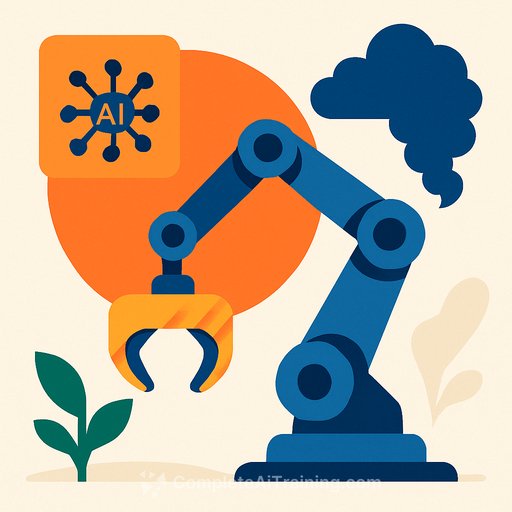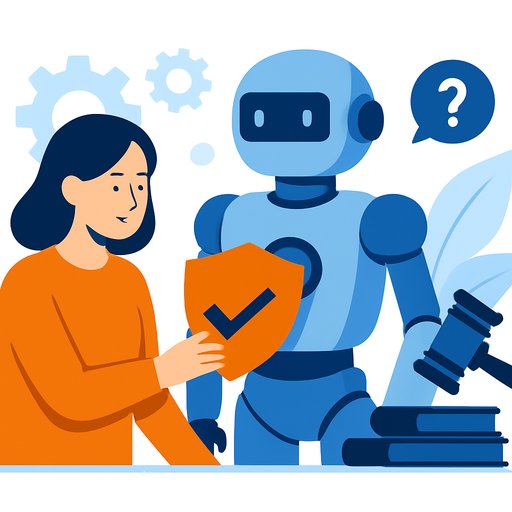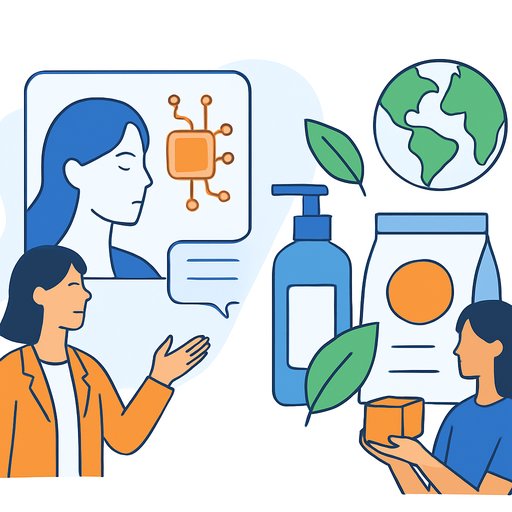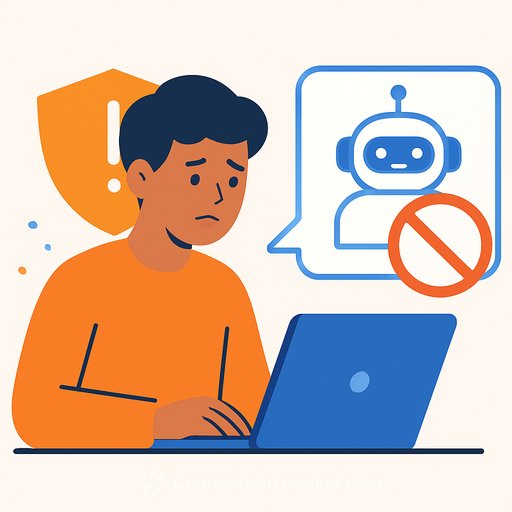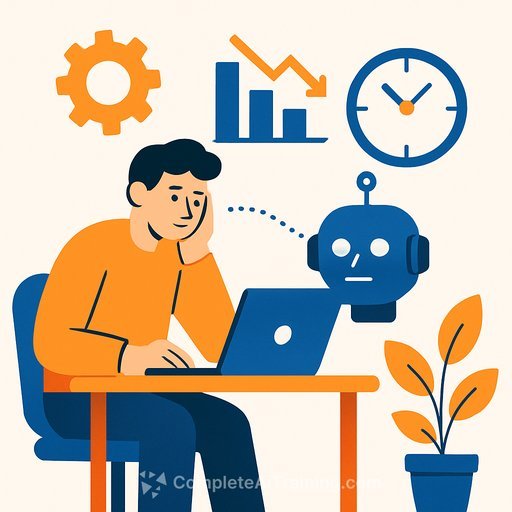Siemens’ Sustainable Robot Gripper Design
Siemens focused on reducing the environmental impact of manufacturing by redesigning a robot gripper. Although this component makes up only 2% of a robot, slimming its weight by 90% and cutting its parts by 84% can reduce carbon dioxide emissions by up to 3 tons per robot annually. Considering there are over 4 million industrial robots globally, the cumulative effect is substantial.
The company employed AI-powered generative design tools to explore and optimize various design solutions quickly. These tools help test functionality and manufacturability autonomously, leading to smarter design choices and real-time environmental impact assessments. This approach supports circular design principles and aligns product development with sustainability goals.
AI’s Role in Sustainable Product Development
AI and generative design are changing how sustainability integrates into product development. These technologies empower teams to create innovative products that meet both market demands and environmental standards. Smarter design options reduce waste, lower emissions, and support regulatory compliance.
As carbon emissions hit record highs in 2024, pressure on companies to cut their environmental footprint is increasing. Consumers are also driving change, with 80% willing to pay more for sustainably produced goods, according to PWC. Meanwhile, regulations like the IFRS Sustainability Disclosure Standards, the EU Corporate Sustainability Reporting Directive, and carbon border adjustment mechanisms in the EU and UK are enforcing stricter sustainability reporting and incentives.
What Product Developers Can Take Away
- Small design changes can yield large environmental benefits when scaled across millions of units.
- Leveraging AI-driven generative design accelerates innovation while embedding sustainability from the start.
- Understanding evolving regulations and consumer expectations is critical to maintaining market relevance.
- Integrating circular design principles reduces waste and supports long-term sustainability goals.
For product development professionals interested in how AI enhances sustainable design, exploring courses on AI-driven innovation can be valuable. Resources like Complete AI Training offer relevant learning paths for integrating AI tools into product workflows.
Your membership also unlocks:

